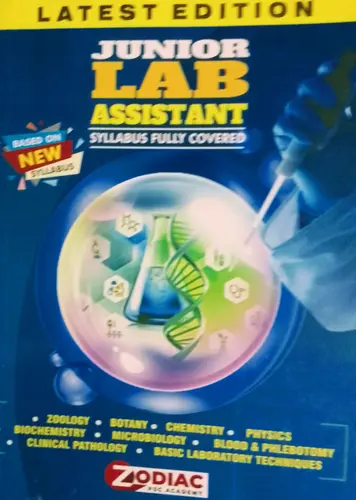
CONTENT DETAILS:-Knowledge of Laboratory chemicals- hazard symbols, warning symbols, safety precautions, and storage of chemicals > Cleaning of glassware - general glass wares, new glass wares, blood-stained pipettes, slides, culture plates, etc. > Cleaning and disinfection of Disinfectants used and biosafety precautions in case of specimen spillage > Bio-medical waste management-categories of bio-medical waste. Bio-medical waste - color coding, types of containers, collection, transport and disposal of biomedical waste. > Basic first aid techniques for cuts & bruises, burn injury etc. > Sample collection and processing-barcoding, safety precautions, processing of samples etc. Common Instruments used in laboratories - incubators, centrifuge, semi autoanalyzer, Colorimeter, Micropipettes, etc > Distillation and deionization apparatus and use > Laboratory management system MODULE II-13 Marks BLOOD AND PHLEBOTOMY (10 Marks) Methods of blood collection- Capillary Puncture Arterial puncture and venous puncture Vacutainer - colour codes for vials > Sites of blood collection: Capillary and Venous. Anticoagulants used - advantages and disadvantages > Identification of blood cells: Leish men's staining procedure & identification > Blood cell types: RBC, WBC, Plateat (Identifying characters and Normal Range) HEMATOLOGY >Heamocytometry Counting chamber: Improved Neubauer Total cell counts: > RBC, WBC, Platelet, Absolute Eosinophil count. (Diluting fluids, Normal value, Clinical Significance), AS PER THE LATEST SYLLABUS